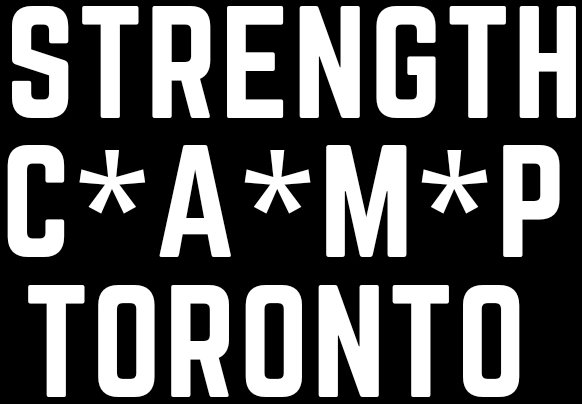Demystifying Strength Training: Busting Common Myths
In the realm of fitness and wellness, strength training often finds itself wrapped in a tapestry of myths and misconceptions. At Strength Camp Toronto, we're passionate about not just guiding you through your strength training journey but also arming you with the knowledge to navigate through common misconceptions. Today, we're here to dismantle some of the most pervasive myths surrounding strength training, ensuring you're equipped with the truth to maximize your workouts and achieve your fitness goals effectively.
Myth 1: Strength Training Will Make You Bulky
Perhaps the most widespread myth is the fear of becoming too bulky, especially among women. The reality is, gaining muscle mass is a slow, deliberate process that involves specific nutrition, rigorous training, and is significantly influenced by genetics. Strength training, at its core, increases your muscle strength and endurance. It tones and sculpts your body, enhancing your natural shape rather than transforming you into a bodybuilder overnight. Embracing strength training will not only improve your physique but also boost your metabolism and overall health.
Myth 2: You Can Spot Reduce Fat
The idea that you can target fat loss in specific areas of your body through strength training persists despite evidence to the contrary. Fat loss occurs uniformly across the body based on genetics, diet, and overall physical activity. Strength training contributes to a higher metabolic rate, which can aid in fat loss, but it does so across the entire body. Instead of focusing on spot reduction, aim for a balanced workout routine that enhances muscle strength and cardiovascular health, leading to a more toned and defined physique overall.
Myth 3: Strength Training Is Not for Older Adults
This myth couldn't be further from the truth. Strength training is beneficial at any age, especially for older adults. It helps combat the loss of muscle mass and bone density that naturally occurs as we age. Regular strength training improves balance, flexibility, and strength, reducing the risk of falls and fractures. It's never too late to start, and with the proper guidance and modifications, strength training can be a safe and effective way to maintain vitality and health in older age.
Myth 4: More Weight Is Always Better
While lifting heavier weights can be a goal in strength training, it's not the only path to increased strength and muscle definition. Technique, form, and consistency play significant roles in your training success. Increasing weight without maintaining proper form can lead to injuries and setbacks. It's crucial to focus on mastering the technique with a manageable weight before progressively increasing the load. This approach ensures sustainable progress and minimizes the risk of injury.
Myth 5: Strength Training and Cardio Can't Mix
There's a common misconception that you have to choose between strength training and cardiovascular exercises, but this is far from the truth. In fact, combining both can enhance your fitness results. Cardio can improve your endurance and recovery, while strength training increases muscle strength and metabolic rate. A well-rounded fitness routine that includes both elements can lead to improved heart health, fat loss, and muscle gain, offering a holistic approach to your wellness journey.
Myth 6: No Pain, No Gain
The belief that you need to experience pain to signify an effective workout is not only misleading but also dangerous. While muscle soreness a day or two after a workout (known as DOMS - Delayed Onset Muscle Soreness) is normal, experiencing pain during a workout is a red flag. Pain can indicate improper technique or an underlying injury that needs attention. Listening to your body and differentiating between good pain (mild soreness and fatigue) and bad pain (sharp, immediate, or unusual pain) is crucial to training safely and effectively.
At Strength Camp Toronto, our mission is to empower you with the knowledge and tools to pursue your strength training goals safely and effectively. By dispelling these myths, we hope to inspire you to embrace strength training with confidence and clarity. Remember, whether you're a beginner or an experienced athlete, our community and trainers are here to support you every step of the way.
